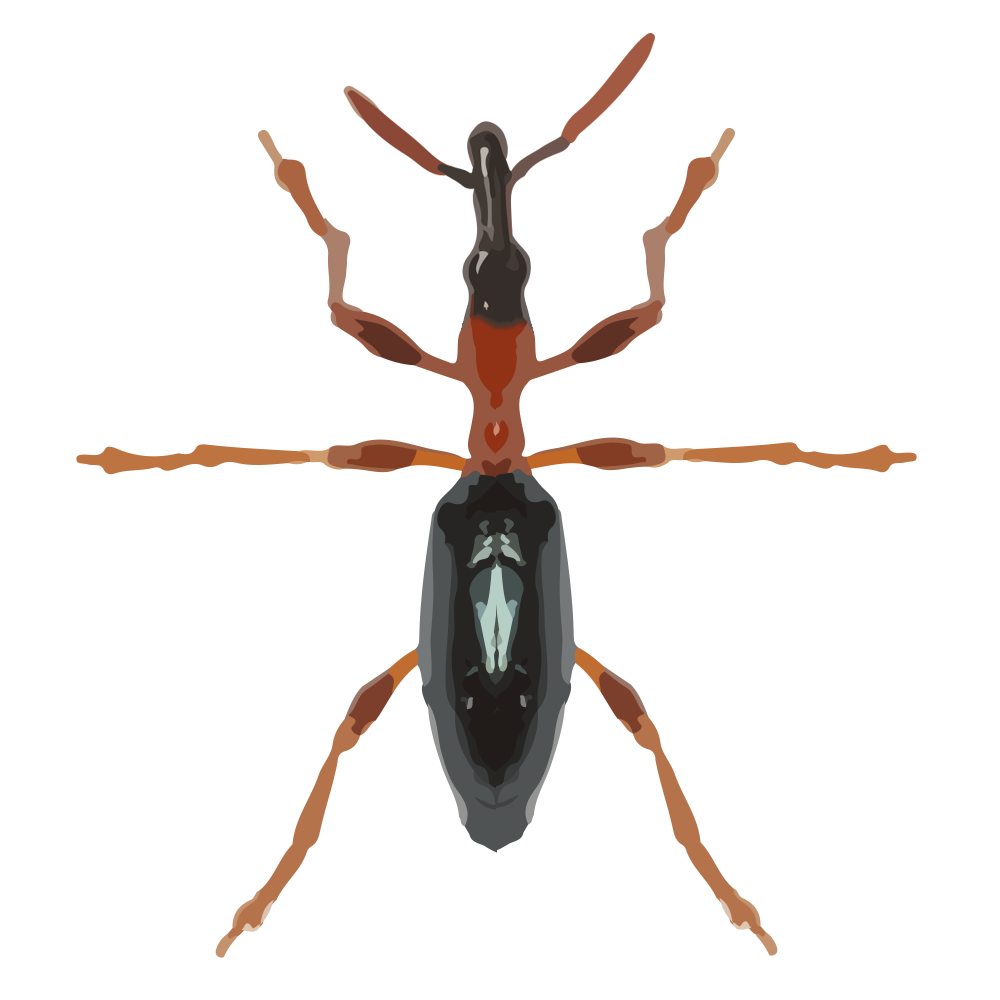


| Latin Name | Cylas formicarius |
| Common Name | sweet potato weevil |
| Biology | Adults resemble ants, exhibiting strong mobility in climbing and flight, with feigning death behavior. They lay eggs on sweet potato tubers or seedling roots. Larvae tunnel through sweet potato tubers and stems, causing rotting and producing distinct foul odors that severely degrade tuber quality and yield. Completing 3–8 generations annually, this pest overwinters as adults in field weeds, soil crevices, or storage pits. |
| Damage | This pest primarily damages sweet potatoes (Ipomoea batatas), it also attacks other Convolvulaceae plants like water spinach (Ipomoea aquatica). |
| Distribution Regions | Tropical agricultural regions |
| Monitoring | Pheromone lures mimic natural sex pheromones to attract male insects into specialized traps for population monitoring and suppression. As a core IPM component, monitoring enables early risk detection and targeted control. Mass trapping reduces mating opportunities to curb offspring populations. Protocols: ●Use only with matched traps. ●15-45 traps/hectare,replace/replenish every 4-6 weeks. ●Wear gloves or wash hands with detergent when switching lure types. ●Refer to trap-specific hanging instructions. |
| Recommended Traps | Delta Trap, Wing Trap |

Share your contact information to receive precision-matched pheromone solutions. Should our existing portfolio lack an optimal fit, our synthetic chemistry team will initiate custom development—from molecular structure design to scaled production.